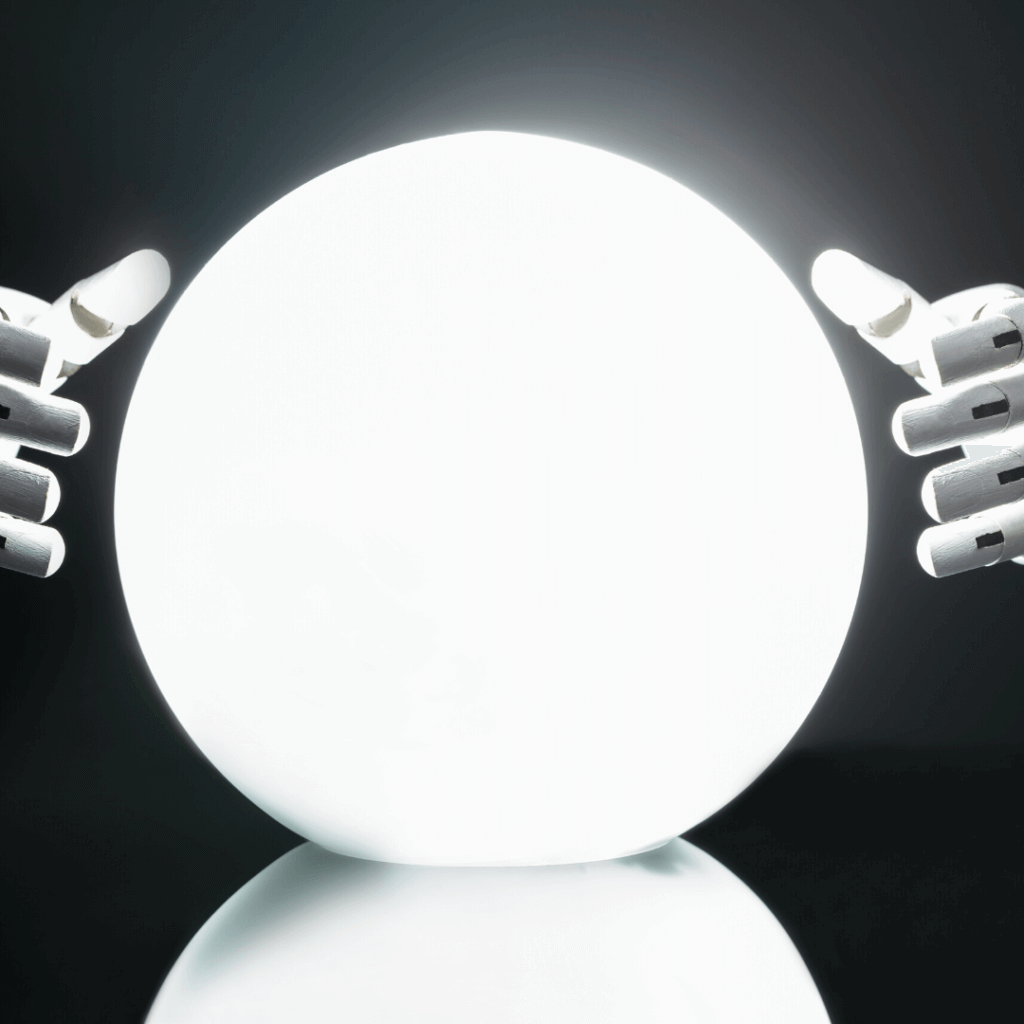
12 cognitive biases and how to detect them
Our decisions and behaviour aren’t always rational and can be influenced by emotions and cognitive blind spots. These scientific cognitive biases affect the way we shop, invest and judge brands and people. Hence, by understanding cognitive biases, you can enhance your purchasing and lifestyle patterns. Here is a list of 12 cognitive biases and how to detect them.
Confirmation Bias
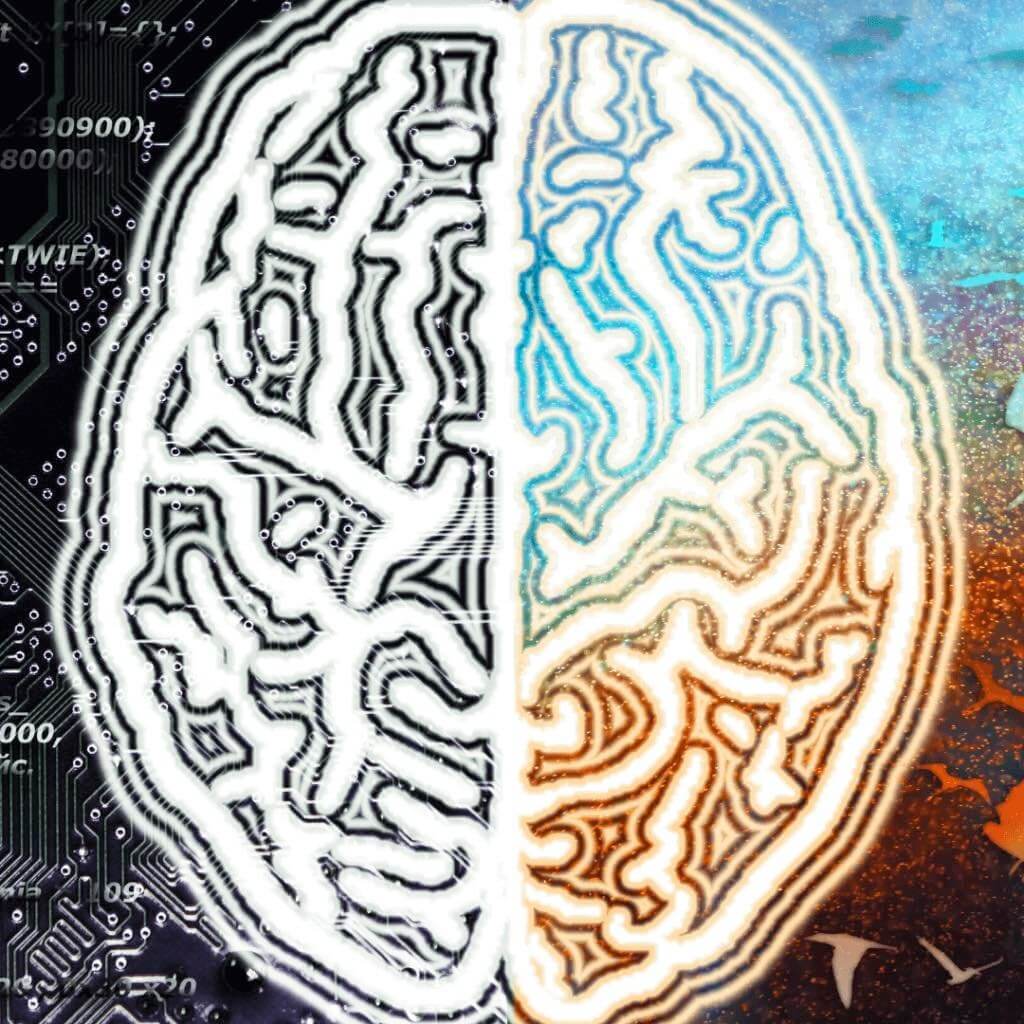
Confirmation bias is the tendency to interpret new evidence as confirmation of one’s existing beliefs or theories. For example, imagine that a person holds a belief that left-handed people are more creative than right-handed people. If you find yourself, cherry-picking information stop and think to see the validity of ALL the evidence. Read more.
In-Group Bias
In-group bias is a pattern of favouring members of one’s in-group over out-group members. This can be expressed in the evaluation of others, in the allocation of resources, and in many other ways. For example, in the workplace, people might find themselves favouring certain people who are part of their unit or workgroup. if you find yourself limiting your interactions with others outside your group, try to take hold of these negative effects by being more open to change. Read more.
Anchoring Bias
Anchoring bias occurs we tend to rely too heavily on the first piece of information seen to make subsequent judgments. Once an anchor is set, other judgements are made by adjusting away from that anchor, and there is a bias toward interpreting other information around the anchor. For example, the initial price offered for a used car sets the standard for the rest of the negotiations, so that prices lower than the initial price seem more reasonable even if they are still higher than what the car is really worth. Hence, to avoid the anchoring bias, we should always view the problem from different perspectives — need to try alternate starting points — explore options to try unconventional approaches. The important suggestion is not to stick with your first line of thought. Read more.
The Sunk Cost Fallacy
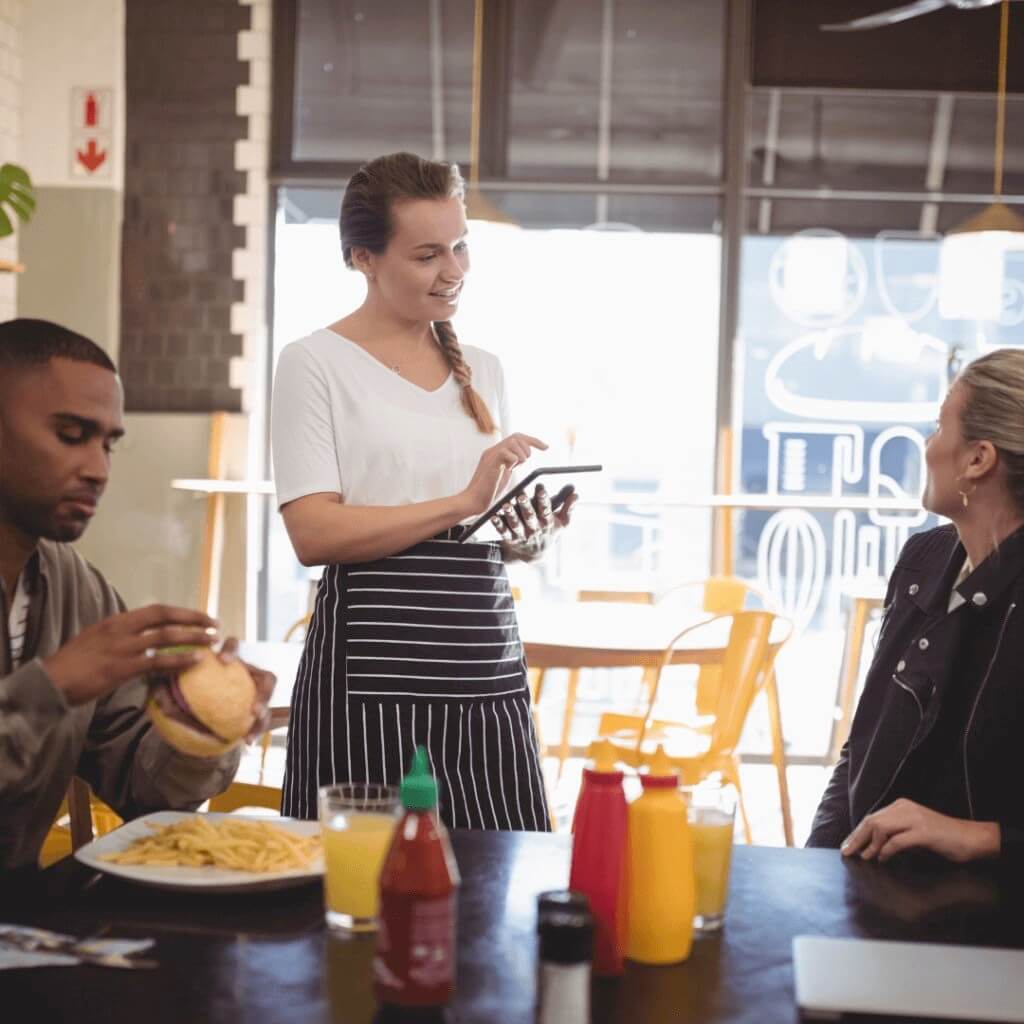
Individuals commit the sunk cost fallacy when they continue a behaviour or endeavour as a result of previously invested resources (time, money or effort). Essentially, Sunk costs are costs that are irrecoverable. For example, individuals sometimes order too much food and then over-eat just to “get their money’s worth”. To avoid doing so, try and let go of your personal attachments to any investment, and look ahead to the future. Remember, the point is that the money (or previously invested resources) is already gone/used up, so now you are better off doing what pleases you best. Read more.
Herd Mentality

Herd mentality describes how people can be influenced by their peers to adopt certain behaviours on a largely emotional, rather than rational, basis. For example, have you seen investors rushing to buy a specific stock because it’s supposedly “hot.” In other words, think of a sheep blindly following the flock no matter where they go just because that’s what the herd is doing. Overall, when you see a situation stop and think about what the right decision might be for yourself and then act accordingly, rather than following what others are doing. Read more.
Hindsight Bias
Hindsight bias is a term used in psychology to explain the tendency of people to overestimate their ability to have predicted an outcome that could not possibly have been predicted. In essence, the hindsight bias is sort of like saying “I knew it!” when an outcome (either expected or unexpected) occurs – and the belief that one actually predicted it correctly. For example, the results of an election, for example, often seem more obvious after the tallies have been counted. Read more.
Decision Fatigue

Decision fatigue refers to the deteriorating quality of decisions made by an individual after a long session of decision making. This is because, repetitive decision-making tasks drain people’s mental resources, therefore they tend to take the easiest choice – keeping the status quo. For example, it could be late at night when you make an impulsive purchase online that completely blows your budget. To avoid doing so plan your decisions carefully and make your most important decisions in the morning. Read more.
The Dunning-Kruger Effect
The Dunning–Kruger effect is a cognitive bias in which people mistakenly assess their cognitive ability as greater than it is. In other words, it is the inability to understand your incompetence, leading to inflated self-assessment. For example, if you had to rate yourself on how funny you are, you probably say that you are still funnier than the average person. The problem? So would most people, and most of us probably just aren’t that funny. Hence, be mindful of yourself and build self-awareness. Read more.
Time Discounting / Present Bias
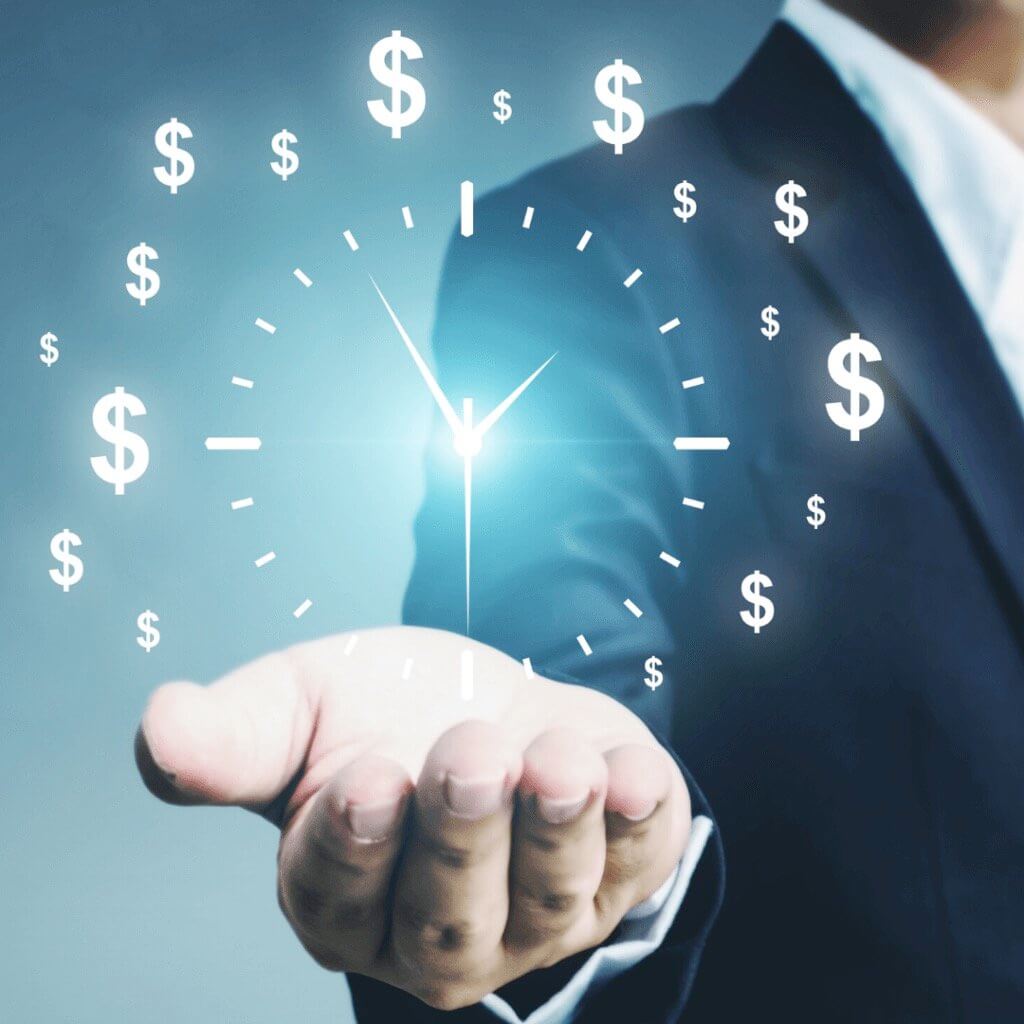
The tendency of people to want things now rather than later, as the desired result in the future is perceived as less valuable than one in the present. For example, a present-biased person might prefer to receive ten dollars today over receiving fifteen dollars tomorrow. To avoid doing so, try and ignore the quick wins and look at the overall value derived regardless of the time. Read more.
Endowment Effect

Once people own something (or have a feeling of ownership) they irrationally overvalue it, regarding of its objective value. This includes items that have an emotional or symbolic significance to the individual. The endowment effect was first identified by economist Richard Thaler in the 1970s. Thaler gave the example of a man who bought a case of wine in the late 1950s for about $5 a bottle. A few years later his wine merchant offers to buy the wine back for $100 a bottle. However, the man refuses, even though he’s never paid more than $35 for a bottle of wine. Hence, if you can take a step back and realise why an item is so meaningful to you or to someone else, you may have an easier time negotiating a favourable outcome. Read more.
Framing Effect
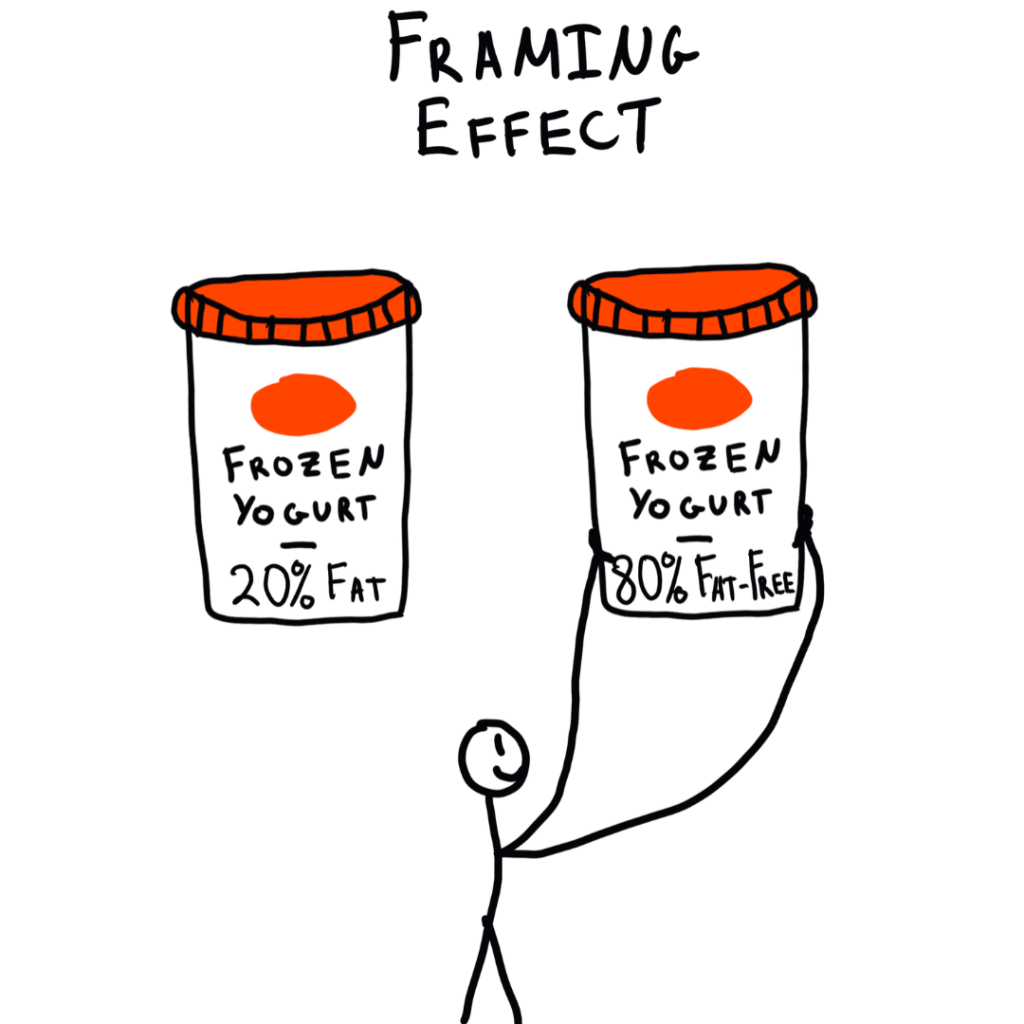
People tend to avoid risk when a positive frame is presented, however, seek risks when a negative frame is presented; e.g. as a loss or as a gain. For example, studies have shown that individuals are likely to enjoy meat labelled 75% lean meat as opposed to 25% fat. In fact, the framing effect has consistently proven to be one of the strongest biases in decision making. To avoid falling trap to this bias, consider the way in which words are framed. Read more.
Licensing Effect

When people allow themselves to indulge after doing something positive first. Essentially it means, individuals who perform good deeds feel licensed and hence can justify the negative act later. For example, a study showed that people who took multivitamin pills were more prone to subsequently engage in unhealthy activities. To overcome this bias, ensure your purchasing decisions are not purely based upon a moral justification of your actions. Instead when doing a moral/good deed limit the expectation of wanting something in return as a reward for it. Read more.
I hope you found this list of cognitive biases valuable. Moreover, share some other common biases that could be explored further.
Take your child’s learning to the next level and help them discover the magic of various STEM-based topics each month. Have fun whilst learning by subscribing to InquiBox for this month. Sign up now.
Extra reading: check out our post on homeschooling resources and 5 wild chemistry science experiments that will blow your mind.



